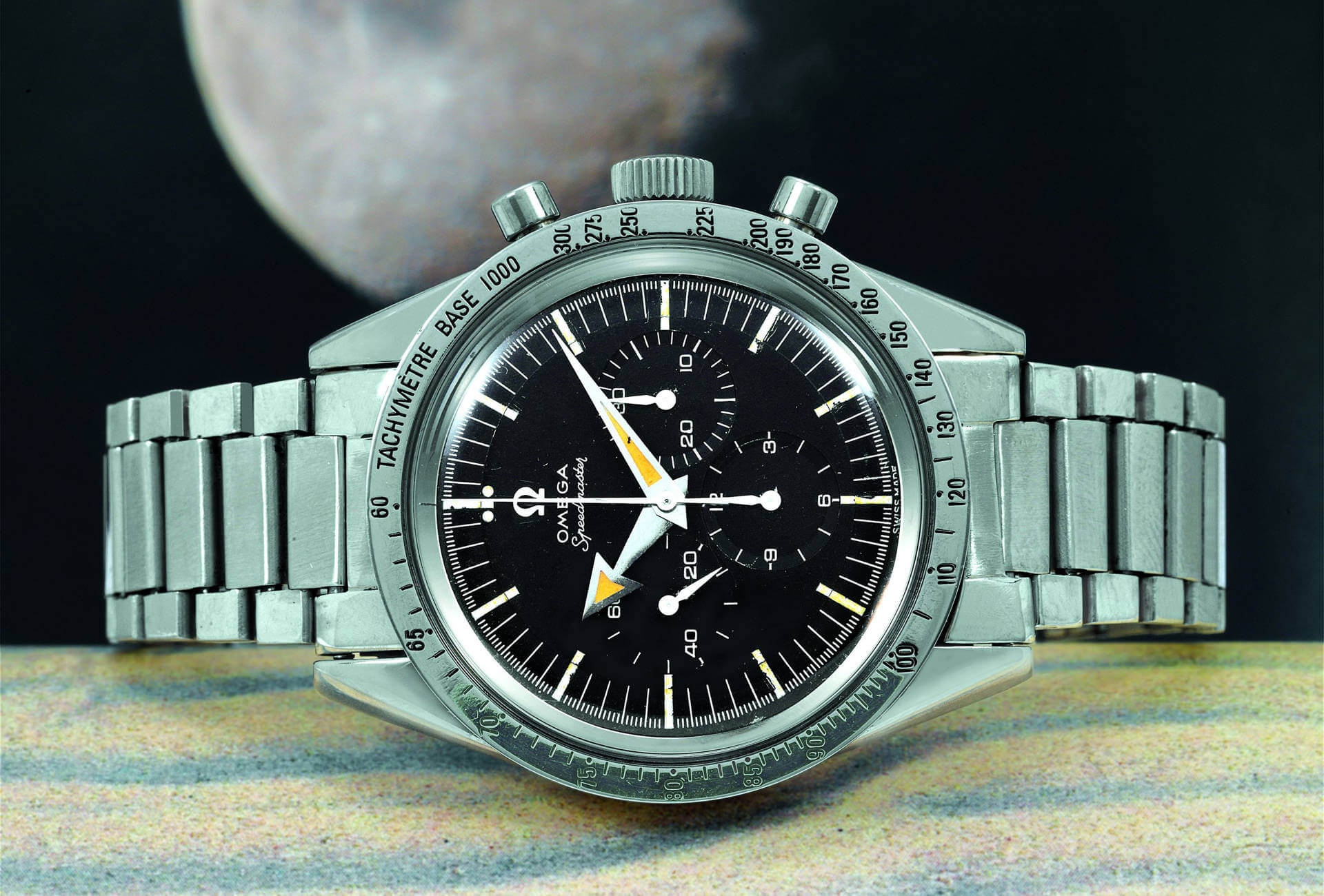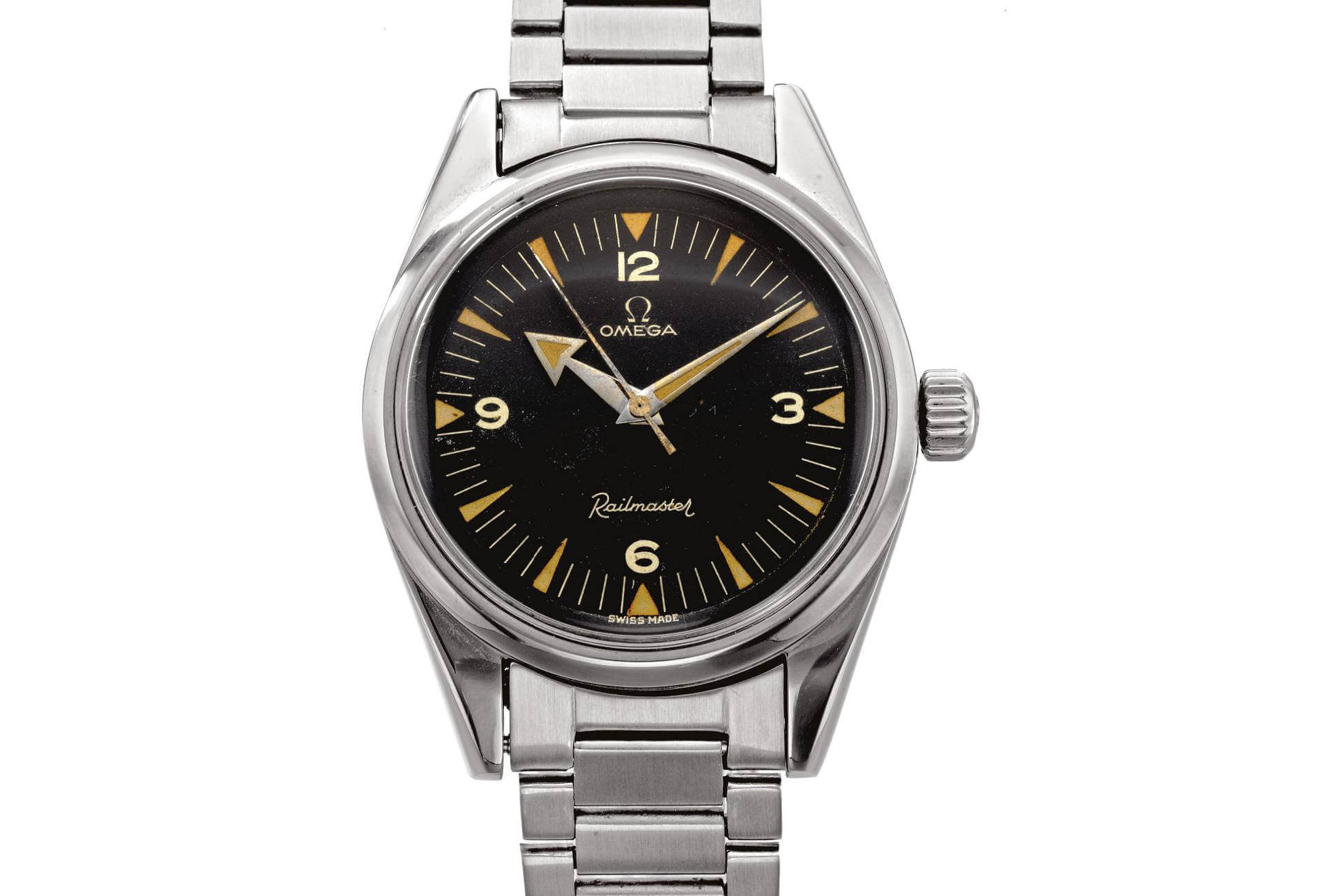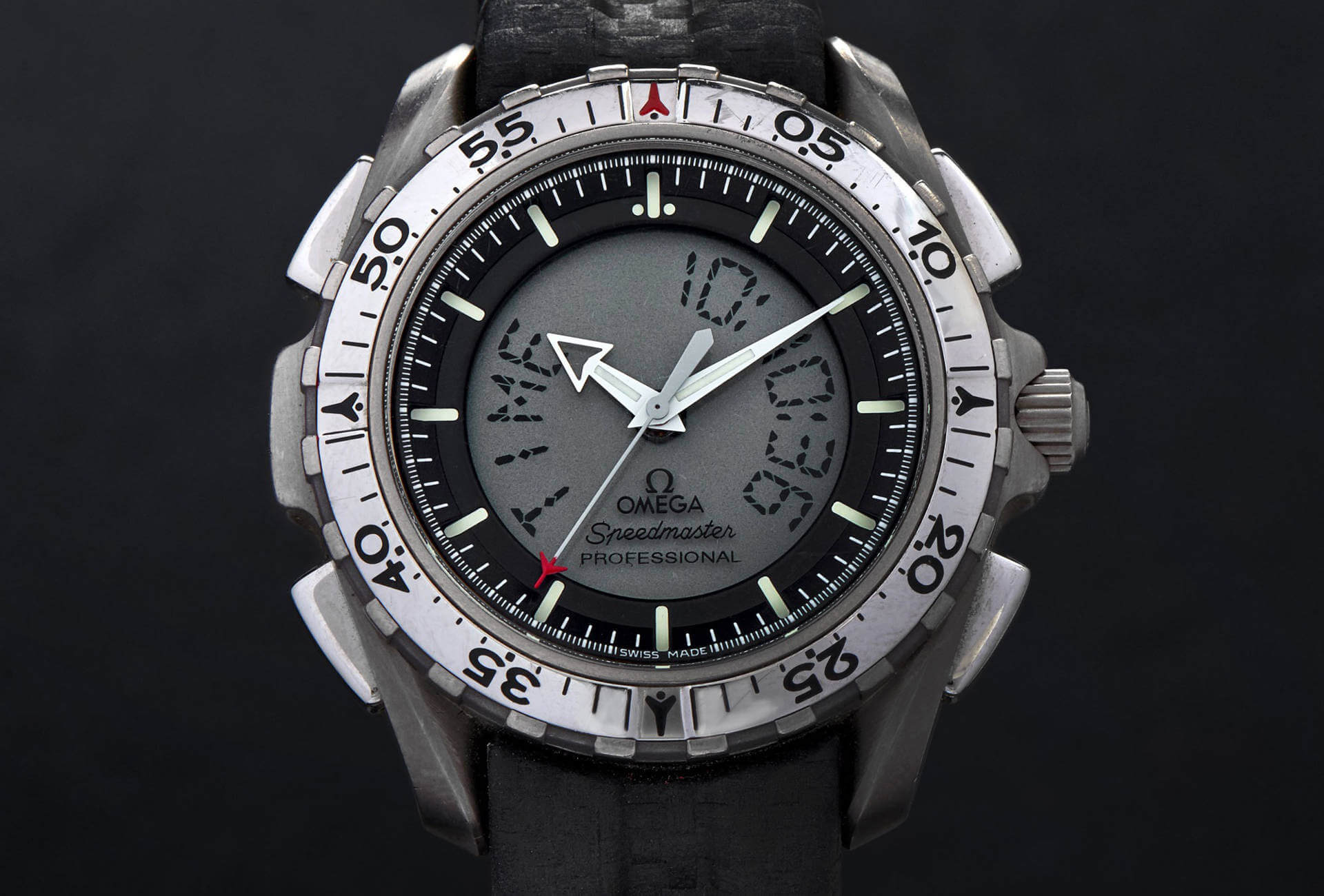The watch industry was one such area, especially after the end of World War II. Lessons learned in wartime from watches like the Luftwaffe chronographs (Hanhart, Urofa) and the early Panerai dive watches, to name but a few examples, spilled over into civilian watches that entered production once hostilities had ceased. Meanwhile, the collective conscious had radically changed as a direct result of the war, and the quest to better understand the world, helped by emerging technologies, reached new summits. Men tried to grasp new meanings, to break barriers and experiment. During these years, the reign of the mechanical tool watch was without contest. The importance of timing in missions and experiments was unquestionable. The need for a timepiece that could withstand the rigors of an inhospitable climate was fundamental. The watch rapidly became the symbol of the adventurous human spirit.
Omega identified the environment and created three iconic timepieces. Technology, design, image and identity all intersected perfectly in 1957.
In the 1950s, the Swiss watch industry grasped the direction of this change and built on its unrivaled position to begin production of specialized watches. These were at the cutting edge of technology and distilled all the previous lessons learned. Initially, each company produced a specific watch that corresponded to certain needs, such as the archetypal Blancpain Fifty Fathoms. In due course, however, Swiss companies realized they must expand their catalog with technical watches that would satisfy specific client needs and in doing so fill a gap in the market. Rolex was a frontrunner. Using the Oyster case and the various patents it had acquired as a starting point, it created the Explorer and the Turn-o-graph which morphed into the iconic Submariner. From that point on, Rolex applied this recipe and, with the addition of a specific complication each time, covered all the bases. The GMT, the Milgauss and later the Explorer II were all tool watches with a common identity; each unique and at the same time so alike. Even so, the company most in command of the situation was Omega, which in 1957 simultaneously presented its Holy Trinity of tool watches: Speedmaster CK2915, Railmaster CK2914 and Seamaster CK2913.
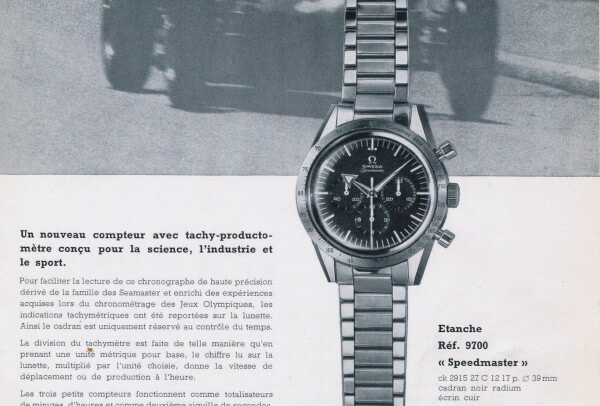
Shared Technology
The company from Bienne was no outsider in the technical and tool watch race, having already introduced a wide array of specialized chronographs (equipped with Caliber 33.3), military watches with antimagnetic protection (RAF 53-CK.2777), water-resistant watches (Naiad), and others that could be safely used underwater (Marine). What changed in 1957 was Omega’s decision to produce a line of watches that would cover all the requirements of active individuals and professionals. They would share common design principles as well as common technology.
It’s worth pointing out here that these three tool watches went a long way towards consolidating Omega’s brand identity and image, two things with very different meanings. A company’s brand identity is what it says about who it is. Brand image, on the other hand, is how the public perceives the brand. This Holy Trinity brought all the technological and design features that had been scattered across various earlier models into a single cohesive and homogeneous line of products. Omega identified the environment, analyzed its rivals’ offering, determined how its tool watches should look and the quality they must offer the customer, and created three iconic timepieces. Technology, design, image and identity all intersected perfectly in 1957.
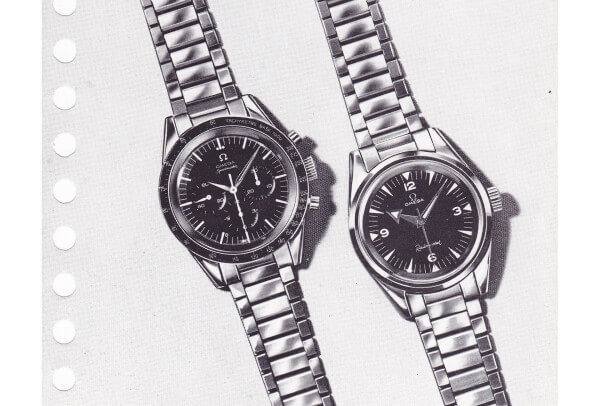
Let’s look at the watches more closely. The first element they shared was technology. Omega decided to distill previous lessons by combining advanced protective features. The first was the Naiad crown. All three models had a non-screw-down crown that guaranteed water-resistance through accumulated pressure. The Speedmaster and the Railmaster were high-pressure-proof up to 200 ft and the Seamaster up to 660 ft. At that time the patent for a screw-down crown was held by none other than Rolex, which prompted Omega to follow a different path; a path that had its roots back in 1948. This ingenious idea leveraged the force of nature. The crown had an internal rubber sealing pack that sealed the movement and expanded as pressure increased. Contrary to popular belief, this was a safe system, sadly abandoned by Omega, and one that was highly effective, provided proper maintenance was provided.
Omega worked for years on specific models to solve problems created by magnetism or moisture, producing various timepieces that addressed each individual issue.
A symbol of triple security
The second feature was the security offered by the O-rings and the case design to house them. Used in conjunction with the Naiad crown in all three models, the rubber O-rings hermetically sealed the case against pressure, temperature change and corrosion. Additionally, the case design by Huguenin Frères featured a special groove to accommodate the rubber gaskets and provide optimum sealing power. This also solved the problem of seals becoming twisted and misaligned when the back was screwed into place. Thirdly, all three watches used a reinforced acrylic crystal that was welded to a thin steel ring and pressure-fitted into the case. With the ring snugly hugging the case, the crystal was firmly locked in place, thereby hermetically sealing the movement and providing further protection.
It’s important at this point to highlight a common misconception regarding the symbol on the crown, especially in these early references. The “Mercedes-style” star was not just a symbol of the Naiad crown as literature states. It was a lot more. My belief is that it represented the fusion of all the above protective features and simply denoted a mark of excellence. Omega worked for years on specific models to solve problems created by magnetism or moisture, producing various timepieces that addressed each individual issue. The sum of this experience added up in the Holy Trinity. Quite simply, each watch marked with this symbol was triply secured against the elements and could therefore withstand every punishment imaginable at the time.
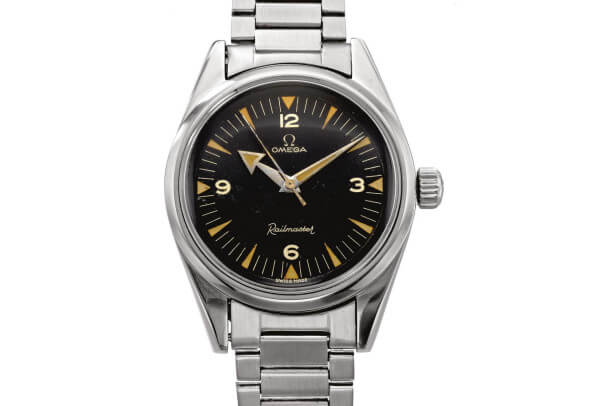
These heavy-duty timepieces, created to meet the timekeeping requirements of science, industry and sport, had all these additional protective features; they also shared a common design language. These were not adaptations of an existing generic watch; they were built from scratch and screamed tool watch from a hundred miles away. The Speedmaster doubled as a stopwatch indicating velocity or production units per hour. It had an elegant, rugged case surrounding a dial that enhanced legibility through the contrast between a matte black surface and white hands, indices and subdials. Similarly, the Seamaster was a refined dive watch for professional and sports divers that shared the same design ethos of unparalleled legibility from its contrasting dial, with the addition of luminous markers and hands. It also featured a diving bezel with a luminous pip at 12 o’clock. The Railmaster, which was intended for scientists and electrical engineers, was identical to the Seamaster with extra anti-magnetic features and without a bezel.







